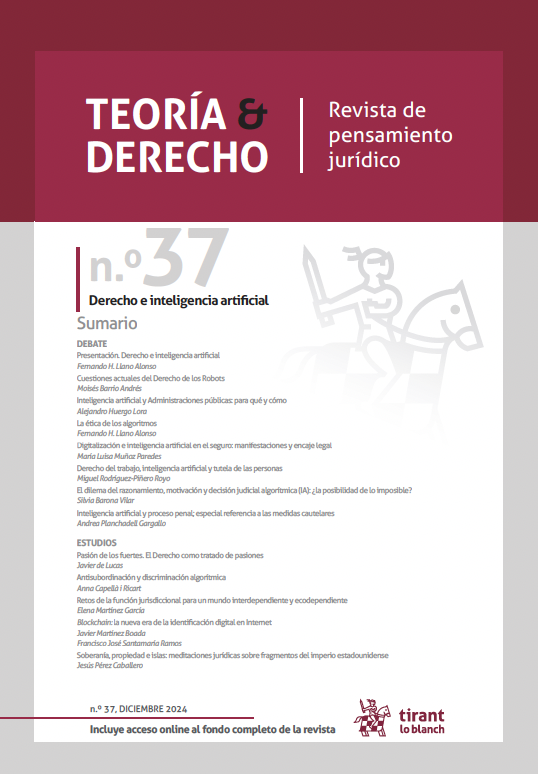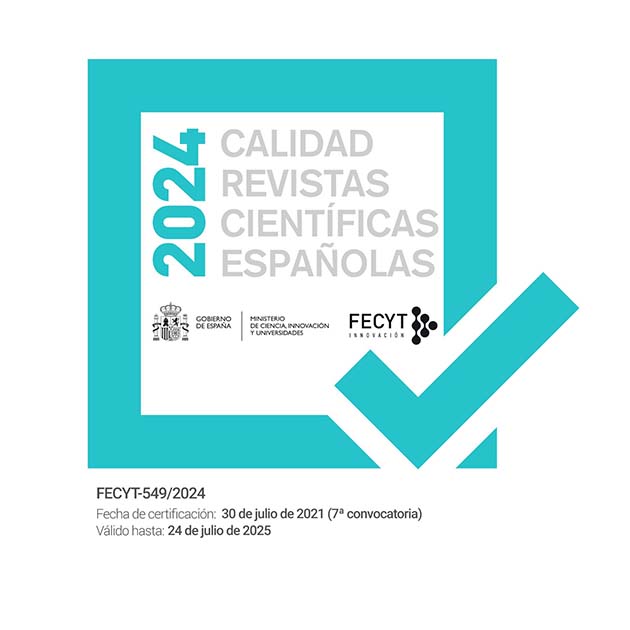Artificial intelligence and Public Administrations: for what and how
DOI:
https://doi.org/10.36151/TD.2024.105Keywords:
Artificial intelligence, algorithms, Public administration, Administrative procedureAbstract
There are different degrees and ways of using digital technology in administrative activity: from electronic communication with citizens («e-government») to artificial intelligence, including the introduction of applications that robotize administrative activities. Artificial intelligence, based on algorithmic predictions (including generative artificial intelligence instruments and foundation models), can serve, among other things, to specify probabilistic or predictive concepts (such as «risk») or as a preparation for administrative action, i.e. when distributing available resources or targeting inspections or support measures. Using it for final decision-making is highly questionable, even for structural reasons. Regarding control and regulation, it is necessary to distinguish the use of artificial intelligence to prepare and to justify administrative actions.
Downloads
Downloads
Published
How to Cite
Issue
Section
License
Copyright (c) 2024 Teoría & Derecho. Revista de pensamiento jurídico

This work is licensed under a Creative Commons Attribution-NonCommercial-NoDerivatives 4.0 International License.





















